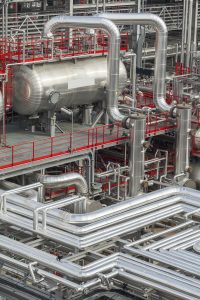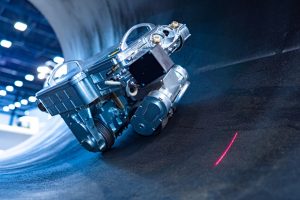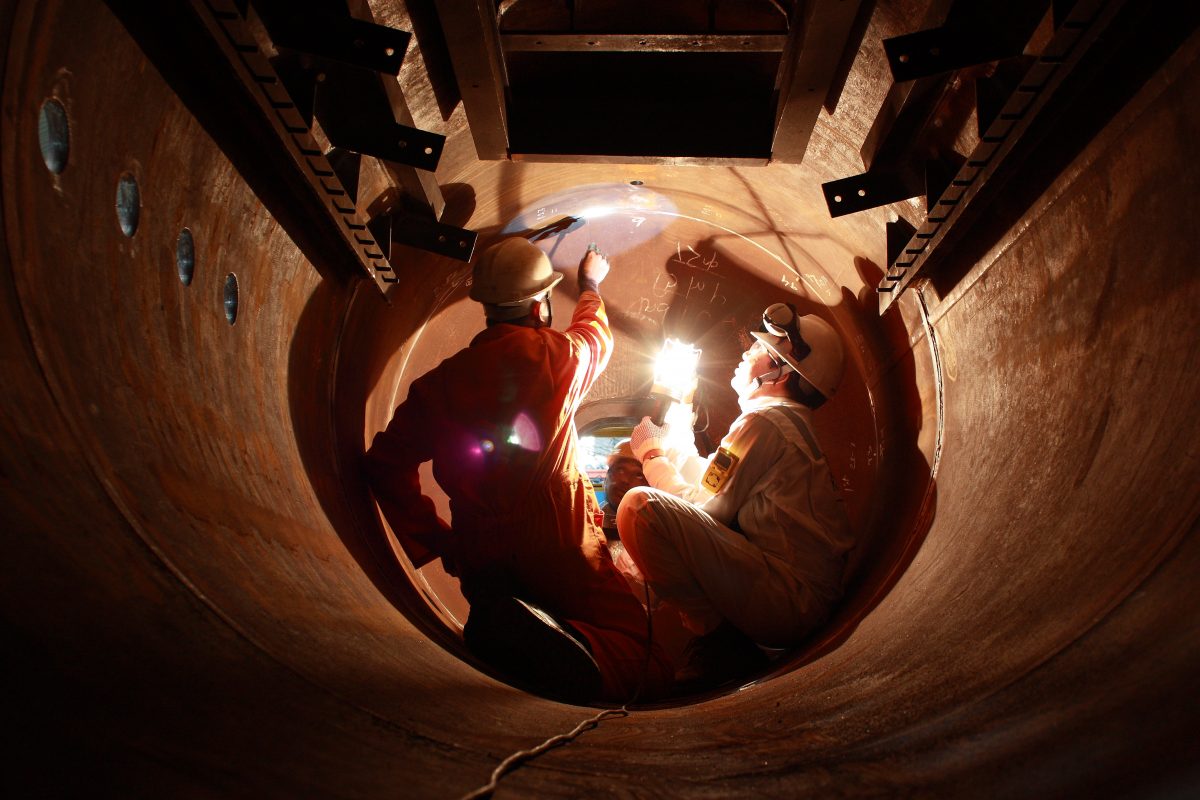Safetytech Accelerator collaborates with Lloyd’s Register to determine how to make inspections in confined spaces safer
30/04/2021Safetytech Accelerator and Lloyd’s Register are collaborating to find out how drones and robots can be used to minimise inspection-related confined space entries of pressure equipment, especially when these inspections are bound to regulatory and codes and standards requirements.

According to most safety management procedures, entering a confined space is considered a dangerous activity and special requirements are to be taken to do this safely. A confined space is a place which is substantially enclosed (though not always entirely), and where serious injury can occur from hazardous substances or conditions within the space or nearby (e.g. lack of oxygen or presence of noxious fumes).
The US Occupational Safety and Health Authority (OHSA) estimates that two million American workers enter confined spaces each year. A high percentage of deaths are due to inadequate training, failed supervision or gas exposure. Within some countries, the number of people being seriously or fatally injured in confined spaces is increasing, while in other countries the numbers haven’t reduced in more than two decades. Multiple deaths may occur in a rescue situation, and unfortunately many rescuers also end up as fatalities.
These are happening despite taking precautions such as training, permits and authorisation practices. In an ideal world it would be possible to remove the need for entry altogether. So we are putting our heads together for some out-of-the-box thinking to find out what can be done.
Differing international standards
The regulatory requirements around inspections for new-build pressure equipment vary around the world and have independent certification body involvements in clearly defined cases, such as the Pressure Equipment Directive within Europe.
The regulatory frameworks that countries have specified locally differ and have a wider spread of stakeholders and regulators involvements. In the Netherlands the inspections around installed pressure equipment are regulated within the WBDA regulations and these specify in defined cases that an specifically accredited independent certification body perform an internal inspection of the pressure part. This is a requirement within a time-based regime to be done every few years, depending on the type of asset and operation conditions.
We have scoped the programme around the regulatory inspections within the Netherlands to begin with, but we may look into how the learnings could be transferred to other countries for within their local regulations.
A call-out to pressure equipment operators in the Netherlands

We’re keen to engage with pressure equipment operators in the Netherlands, in the chemical (including petrochemical), power and other industries to collaborate, learn and pilot solutions to determine how technology can support compliance and technical integrity, as well as prevent unnecessary fatalities.
The overall aim of the programme is to execute several internal inspections of several different pressure vessels by using drone and robotic technology. Within the in-service inspection regulatory scheme in the Netherlands, several pressure vessel assets are required to be inspected by an independent certification body. These time-based inspections also include a visual internal inspection and would verify several technical points related to the technical integrity of the asset.
We’re looking to answer key questions such as:
- Are we able to verify the inspection points – without human entry into a confined space?
- What would be needed to change codes, standards and regulations to maintain a level playing field and without jeopardising technical requirements?
If you are a part of an organisation in the Netherlands that operates pressure equipment which requires inspection by an independent certification body, and you’d like to learn more about the possibilities for performing inspections using robotic technology, we’d like to speak to you!

